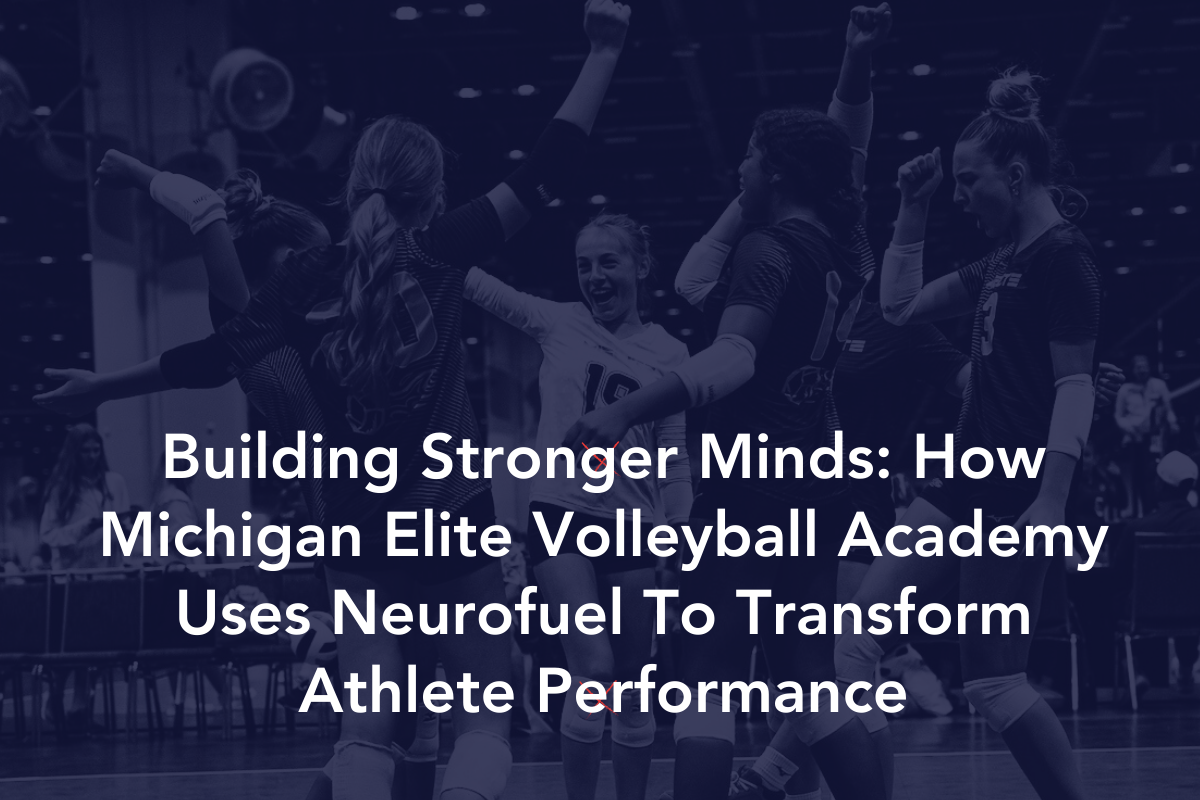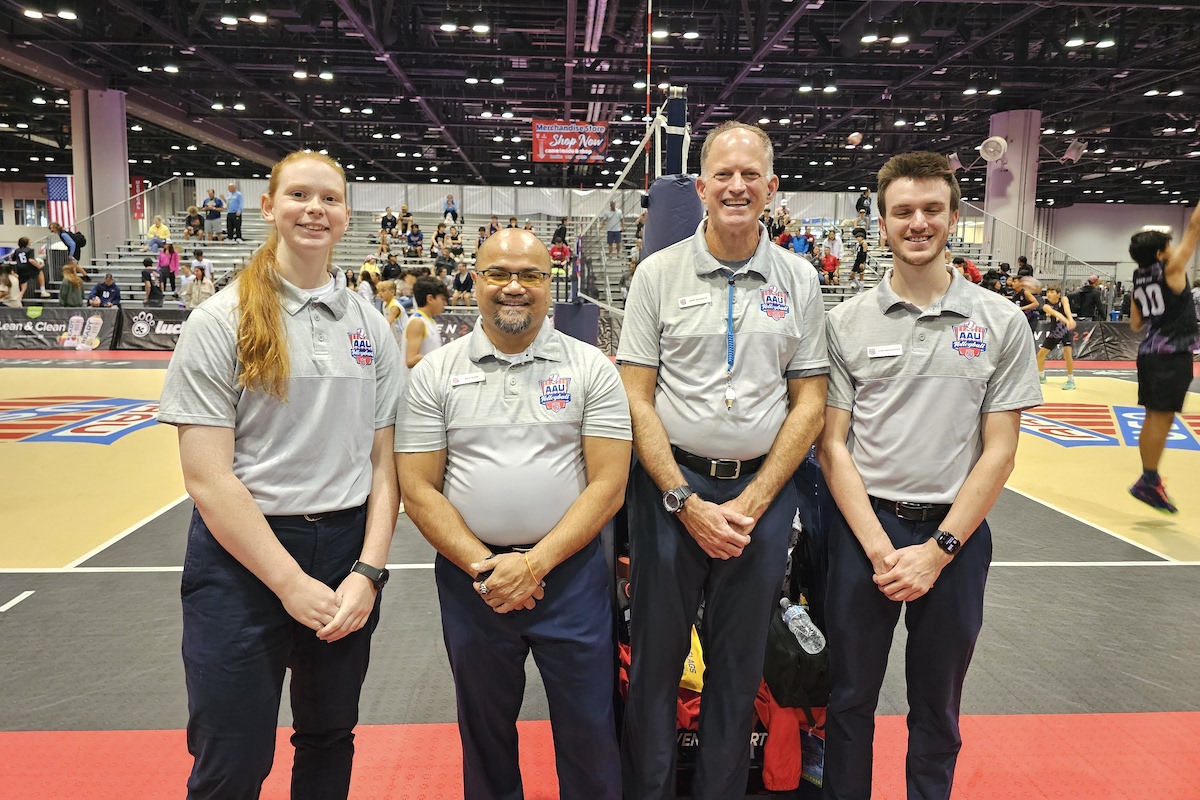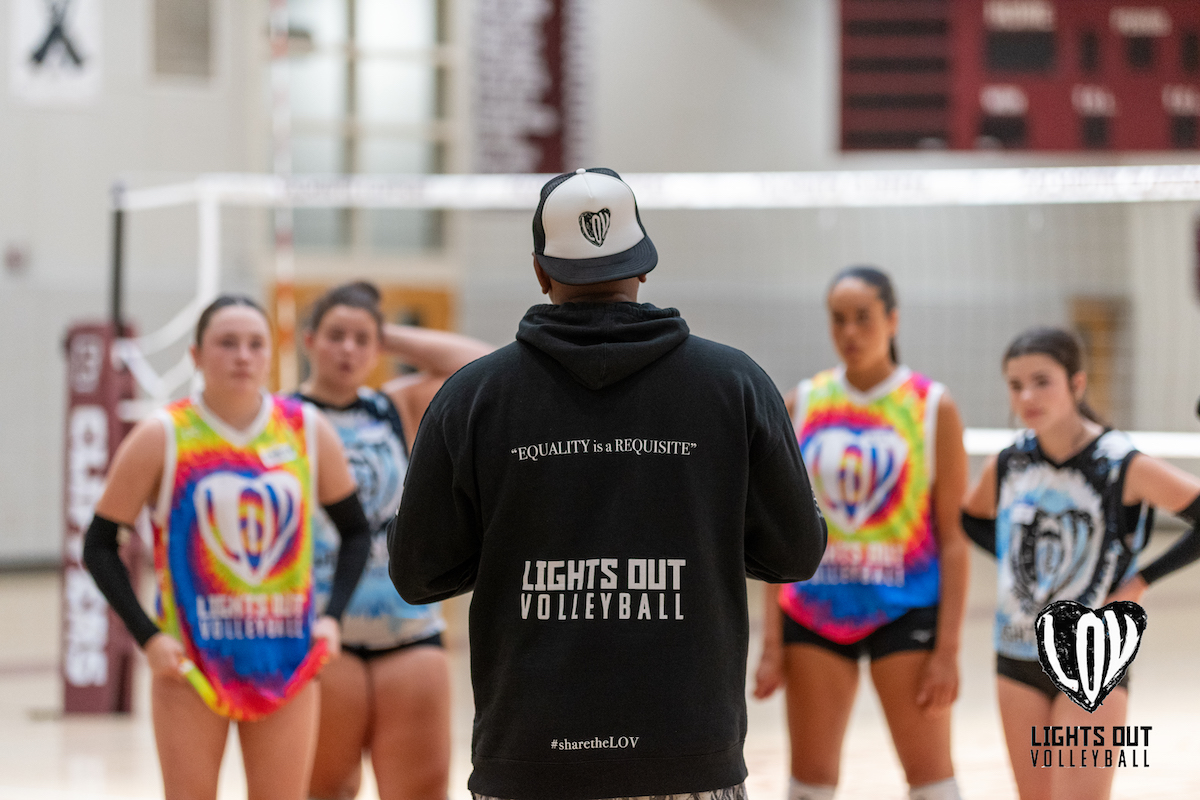A few JVA members recently traveled to Tokyo, Japan to observe and learn from different volleyball groups. After more than 20 hours of watching elementary to high school players train, there were 5 aspects of the game that differetiated Japanese volleyball and U.S. volleyball. Below are the 5 things Japan volleyball does that we can do better.
The Practice Plan
The first group that stood out was the Seitoku High School practice. When we arrived at the Seitoku High School practice they were half way through an hour of a conditioning session. As soon as this was over they went straight into a 4-hour practice. While watching the practice, what impressed me the most was the efficiency and effectiveness of the practice.
There were close to 30 players and only one court. The females always wear black shorts and the males always wear green shorts. Practice was very well planned and was run primarily by the captains themselves. The captains (or players) controlled the change of drills, blew the whistles, and initiated every drill (the coaches did not hit or enter the ball). The coach was observing and only stopped practice a few times to make corrections.
The details of the practice were very impressive as well. It was shocking how hard everyone hit… in every drill! They hit hard in defensive drills and even in regular pepper. There was also tremendous effort in the back court defense. If a ball hit the ground there was sure to be a player or two hitting the ground as well. Something that surprised me was how effectively they were blocking. All the players were average to below average height but all players were good blockers.
Motor Skills Development
We spent 3 days observing the Beavers Volleyball Club. This is an academy of young players 6th grade and under. They have 3 different age groups and sometimes all practice together, but the oldest group practices more often and for a longer period of time.
After observing this group of 5th and 6th grade boys and girls for a total of 12 hours we were very impressed with the coordination training and motor skills development. One third of their total training is spent on this area, while the younger ages spend up to half of their training time on developing motor skills and coordination.
The training includes using hula hoops, relay races, and various difficult challenges using their bodies and / or multiple volleyballs, which most U.S. High school students would struggle with. The object of motor skill and coordination training through these tough challenges is that they in turn create well-rounded athletes and help stretch the imagination of what’s possible on a volleyball court.
Setting
Another big impressive take away was how well all the Beavers set the volleyball. These players are allowed to catch and set the ball in practices and in their games. It was very evident this helps these young players develop “soft” setting hands. This also seemed to help with the control of the set, which in turn helps to create longer rallies. Every player had such good ball control for being so young.
Attack vs Block
In addition, it was very impressive to watch them play and rally the ball back and forth. The players all hit and blocked with such effectiveness. The net height is only 6’6″, quite a bit lower than a 7′ net our U12’s play on, therefore this difference in net height aids them with the development of attacking and blocking. Not all players are tall enough to block effectively but most of the older players are, so being able to developing blocking and attacking skills at such a young age helps these players transition to junior high volleyball.
Work Ethic
Overall I was very impressed with the level of play at each of our stops along the way. It was easy to see that volleyball is the same sport but takes on a different meaning for these young Japanese players. There seems to be a greater work ethic and passion for youth volleyball in Japan than in the U.S. Discipline, accountability, and volleyball IQ are mental skills that are developed at a very young age, and there is a standard of excellence rather than expectations to meet.
Bryce Hickerson is the Director of Player Development and Youth Academy Director at VCNebraska in Lincoln, Nebraska. The club is directed by JVA Club Director Maggie Griffin.










